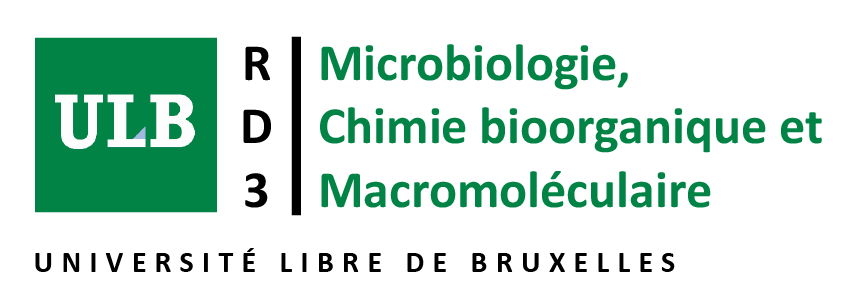Dans la même rubrique
-
Partager cette page
Gilles Berger
Research in Drug Development (RD3)
Microbiology, Bioorganic and Macromolecular Chemistry
ContactResearch activities
[...]
Top ten recent articles
En attente des données.
Rafraîchir.

Career
- [...]
